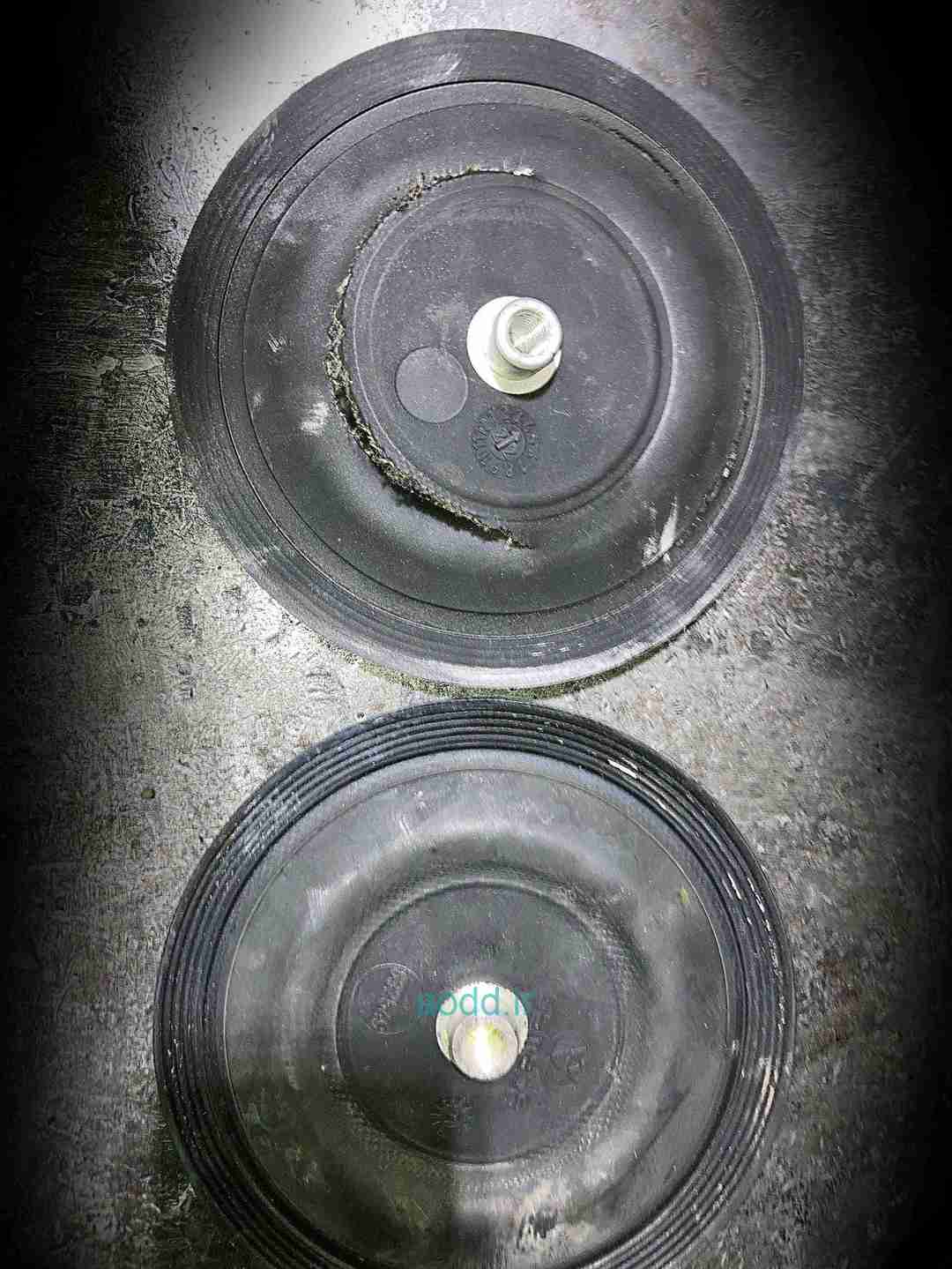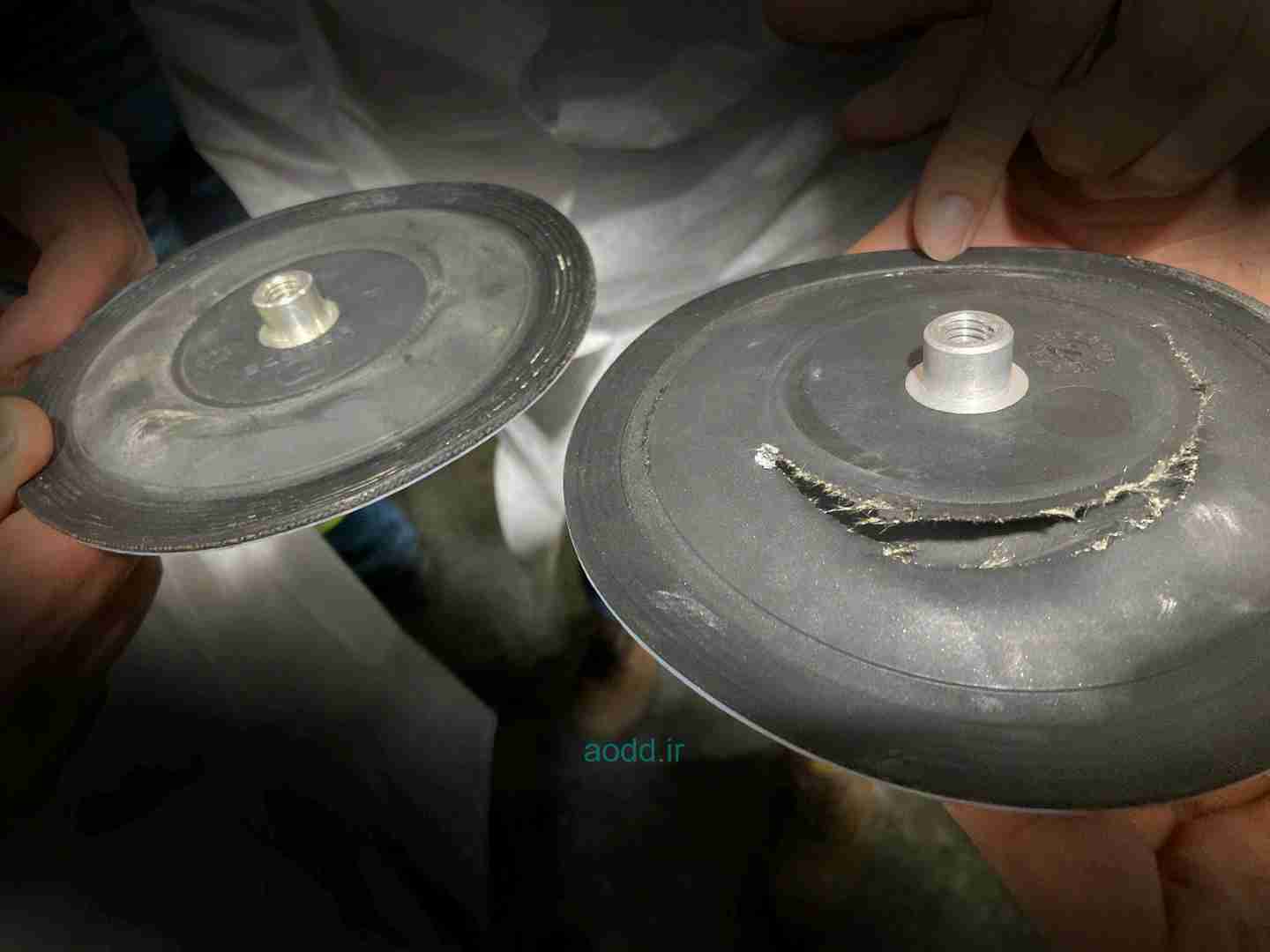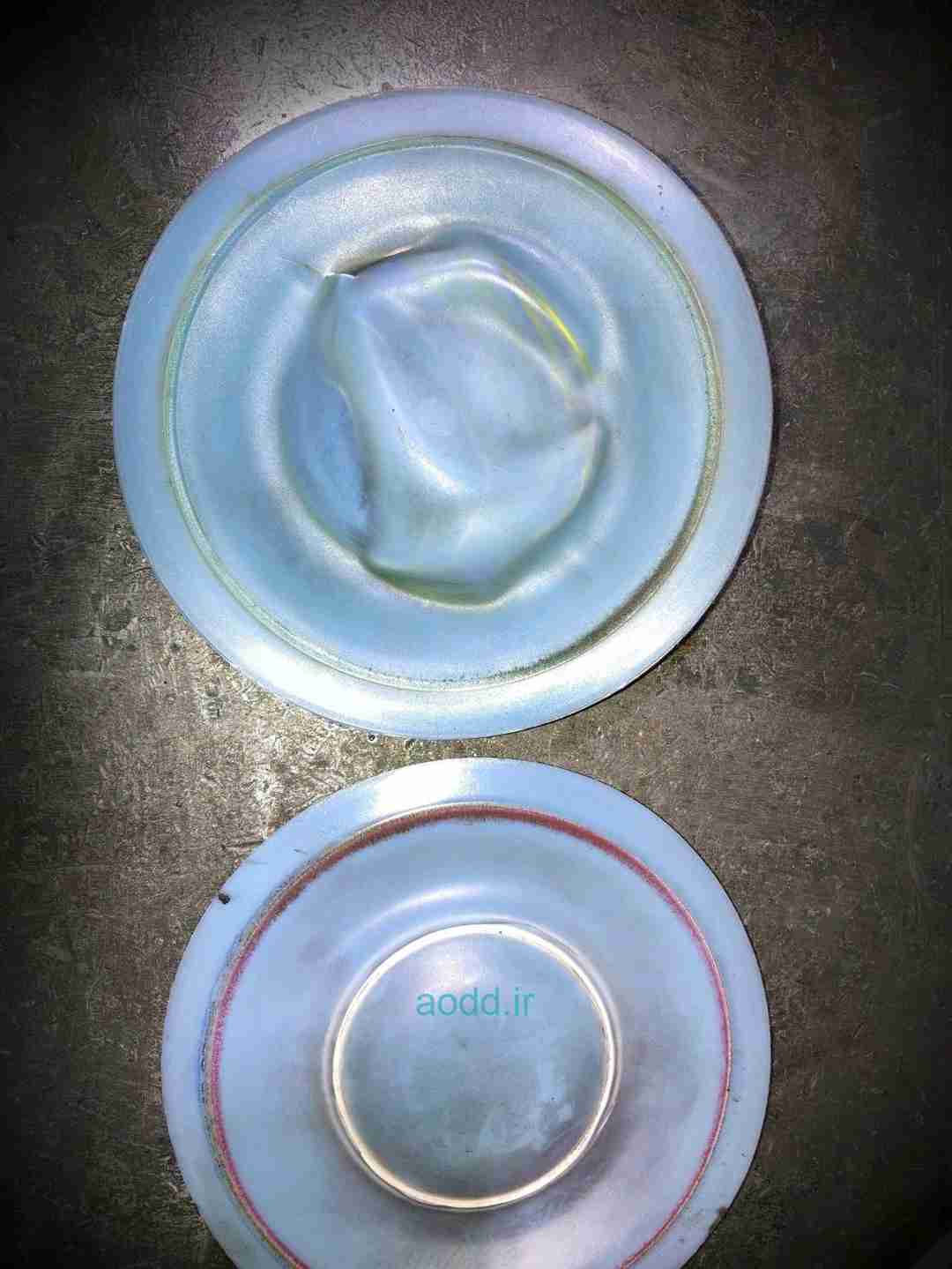Allyl chloride , not 3-chloropropene , belongs to alkenes, a chlorinated organic compound. This compound is used, among other things, as a raw material for making polymers and other chemicals.
Properties of allyl chloride
At room temperature, allyl chloride is a colorless and sensitive liquid. It has a spicy and garlic-like smell. This compound is slightly soluble in water and is very soluble in several organic solvents such as ethanol, diethyl ether, acetone, chloroform and toluene. Allyl chloride is a very reactive compound. This compound usually reacts with alkenes and can, for example, be polymerized, can react with addition reactions, or can be oxidized to epoxides. This compound also undergoes reactions typical of organic halogen compounds and, for example, the chlorine atom can be replaced by other nucleophiles in a nucleophilic substitution reaction. Allyl chloride is very irritating to the skin, eyes and respiratory system. Exposure to this compound may result in coughing, sore throat, nausea and, in case of skin contact, burns.




Preparation and use of allyl chloride
Allyl chloride was first prepared by August Cahors and August Hoffmann in 1857 by the reaction between allyl alcohol and phosphorus trichloride. Today, this compound is produced on an industrial scale by chlorination of propylene at an approximate temperature of 500 to 510 degrees Celsius. This reaction is a radical reaction and at a lower temperature other chlorinated hydrocarbons are also formed. On a smaller scale, allyl chloride is produced by other methods.
Allyl chloride is widely used in the preparation of other compounds. The chemicals obtained from it include epichlorohydrin, glycerol, allylamine, allyl esters, epoxy resins, novolak and some barbiturates and other drugs.

